1. The rattan basket of Mrs. Alang Thi Bap (53 years old) when hidden on the hillside, the fields in her hometown Dong Giang ( Quang Nam ) is so familiar, but when following her down the mountain, placed on the sidewalk of Tay An Thuong street (Ngu Hanh Son district, Da Nang city), it becomes so strange. When Ms. Camille Laurent saw the basket, she kept touching it and asking all kinds of questions. Through an interpreter, Mrs. Bap told the French female tourist about the exploitation of rattan materials, the weaving art of the Co Tu people and the function of holding and carrying on the back when going to the fields... Just like that, the story about the life and culture of the Co Tu people, which one would think one would have to go to faraway villages to hear, came to Camille Laurent naturally, close to home right in Da Thanh.

Agricultural products from the mountains and forests are brought to the city by the Co Tu people.
PHOTO: HOANG SON
It is no coincidence that the utensils, agricultural products, and even the pole - a cultural symbol of the Co Tu people - are present in this crowded tourist area. It is part of the Village Kitchen project organized by Toom Sara village tourist area (in Hoa Phu commune, Hoa Vang district, Da Nang) to bring Co Tu culture to the city. "We want city people to taste the flavor of the village," said Huynh Tan Phap, the person behind the project, adding: "In order for people and tourists to feel more clearly the flavor of the mountains and forests, the space must also be designed with a strong Co Tu character, from the tray, the table to the fire, the pole... Dishes such as sticky rice, grilled meat in bamboo tubes, frog cooked with woodcutters, grilled eel in ta lu... are equally special when prepared by local chefs."
Since joining the village kitchen, Ms. Alang Thi Bap no longer has to worry about the market for mountain products such as fern, bamboo shoots, pepper, turmeric, etc. Whenever she brings them to the village kitchen, she just needs to display them, and after a few dozen minutes, both Western and Vietnamese guests will come and buy them all. She is also happier because she can interact with and introduce the culture of her people to tourists. In a brocade set, Mr. Dinh Xuan Lai (36 years old, living in Ba commune, Dong Giang district, Quang Nam) is standing at the grill, introducing to tourists traditional rice wine and infused wine such as Morinda officinalis, Codonopsis pilosula, etc. "Seeing the rustic way of cooking, tourists start talking to me. The happiest thing is when eating, everyone praises the food as delicious...", Mr. Lai shared.
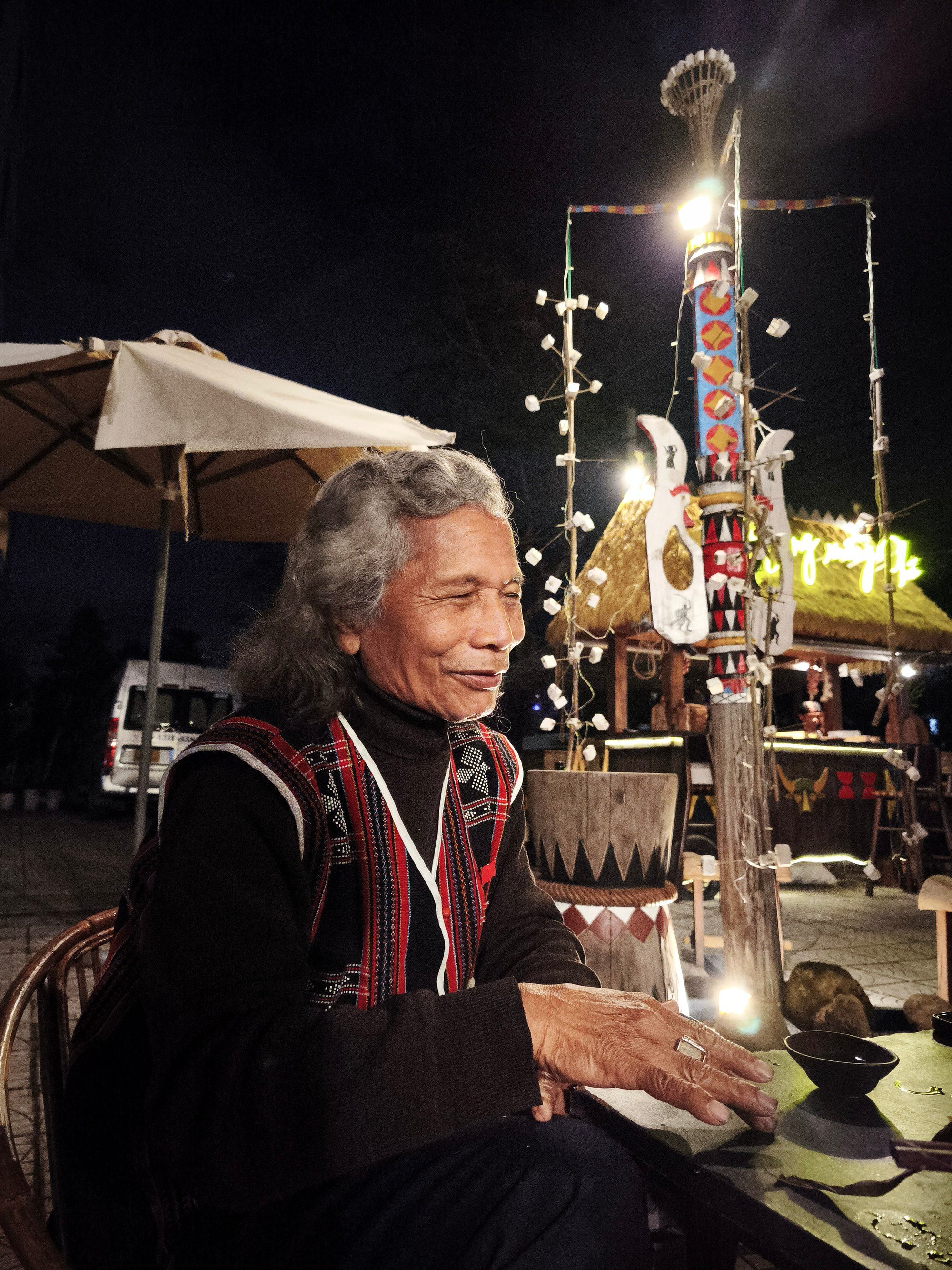
Village elder Bhríu Pố talks about sacred things around the sacrificial tree
PHOTO: HOANG SON
2. The diners who were present on the day the provincial village elder Bhríu Pố (residing in Lang commune, Tay Giang district, Quang Nam) "came down the mountain" to visit the Village Kitchen project and went to the city will probably not forget the image of a "standard traditional" village elder. He is a Co Tu man in his late 80s, with profound knowledge, good at playing musical instruments... After a friendly greeting, old Po picked up a forest leaf and put it to his lips. Suddenly, from somewhere, the sound of birds echoed, sometimes chirping, sometimes startled, making the listener feel like he was lost in a deep forest in Truong Son. The bustling crowd of diners suddenly fell silent. Only when his lips left the leaf and old Po laughed did everyone realize that the sound came from his leaf trumpet.
"We Co Tu people use leaves to make trumpets to imitate the sound of birds calling each other to entertain ourselves after tiring hours in the forest. Many young people who know how to play the flute often bring them to the forest to play love songs," old man Po said. After introducing the musical instrument, he led everyone to stories about customs, habits, and the spiritual world ... with vivid and readily available evidence right in the space of the Village Kitchen. The most familiar are the banana leaves placed in front of everyone. "Kinh people often consider the part of the banana leaf that receives sunlight to be the face-up side. On the contrary, we consider it the face-down part, reserved only for worshiping the deceased. According to the Co Tu people's concept, when serving guests, the banana leaf must be placed face-up, meaning the midrib of the leaf is facing up," old man Po explained.
Old Po hates the sloppiness and carelessness when performing rituals related to the sacrifices. Therefore, Mr. Huynh Tan Phap felt secure when he came to visit, watch, give comments and personally edit the spaces. Like the re-enactment of the Bhuoih Ca Coong festival - a thanksgiving ceremony for the mountain god and the forest god in Toom Sara, old Po stopped the young men from erecting the pole without whittling the bamboo flowers. He said that was a taboo in Co Tu culture. "It's better to erect a pole or something, but if you erect a pole, you must have all the offerings. Otherwise, it will be disrespectful to the god and the culture will be lost...", old Po said.

Picturesque Toom Sara Village - home to many ideas for preserving Co Tu culture
PHOTO: HOANG SON
3. Recreating the Bhuoih Ca Coong festival is part of Toom Sara's other project called Forest, Breathe!, which aims to improve the livelihoods of the Co Tu people through forest tourism on an area of 75 hectares right in the village. The project's launch concert with the theme "Breath of the Forest " designed by Huynh Tan Phap is also "pure" Co Tu. And there, the writer met Huynh Ha - a 24-year-old Co Tu rapper, residing in Song Kon commune, Dong Giang district (Quang Nam).
Starting to compose rap since 2022, Huynh Ha uses pure Co Tu language to tell about the life and culture of his hometown. From his first song Mnư Cơ Tu (Co Tu People) to How ve broanh (Never Enough), Ha makes listeners excited with his gentle rap style and profound lyrics. Typically, the rap line in the song How ve broanh : "My house only has one chicken, how can that be enough?" evokes the pity of many people who were unable to marry the girl they loved because of the harsh dowry custom. From those lyrics, Ha wants to convey the message: nowadays, love should be based on emotions, not material things.
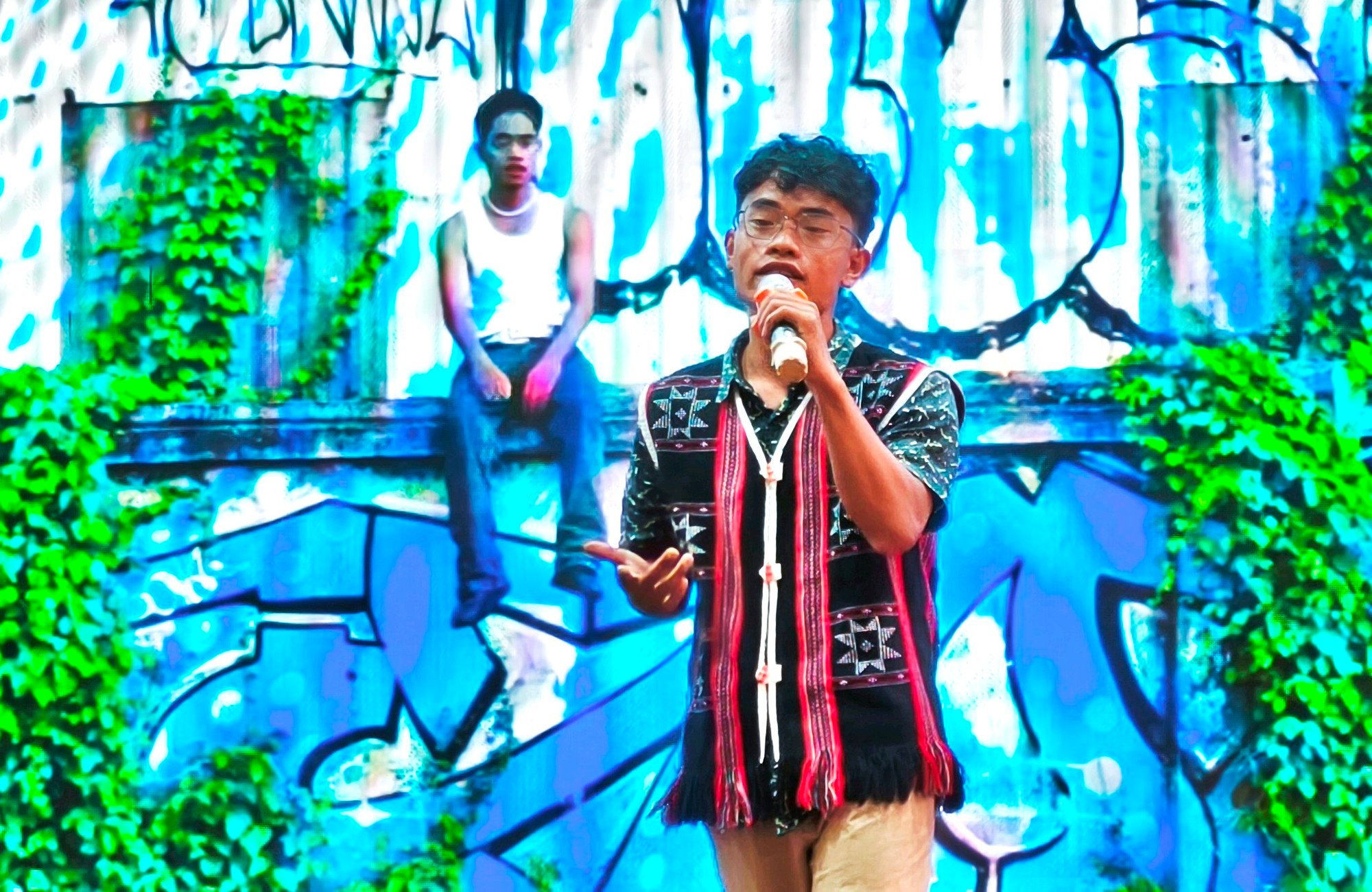
Rapper Huynh Ha inspires the preservation of the Co Tu language through his songs
PHOTO: HOANG SON
Ha said that although he dropped out of school in grade 10 and went to Da Nang to work for 7 years, he has not stopped missing his homeland. He is also very sad to see that in many places that were long-standing residences of the Co Tu people, the younger generation cannot speak and understand their mother tongue. "Many people in the city are afraid to speak Co Tu with each other. I don't want my mother tongue to be forgotten, so I use music to maintain and contribute to preserving it," Ha shared. An interesting thing is that thanks to the gentle rap, Ha's lyrics are easy to mix with international beats. He sang Co Tu to the song People , which was warmly received by international tourists when they came to Toom Sara village.
Ha chose to rap in Co Tu to be closer to young people. "I see on TikTok, people use my music to introduce brocade, specialties, mountain and forest tourist attractions... I'm happy because rap in Co Tu also spreads other cultural values," Ha said excitedly.
Source: https://thanhnien.vn/gui-van-hoa-co-tu-xuong-pho-185250619020632552.htm


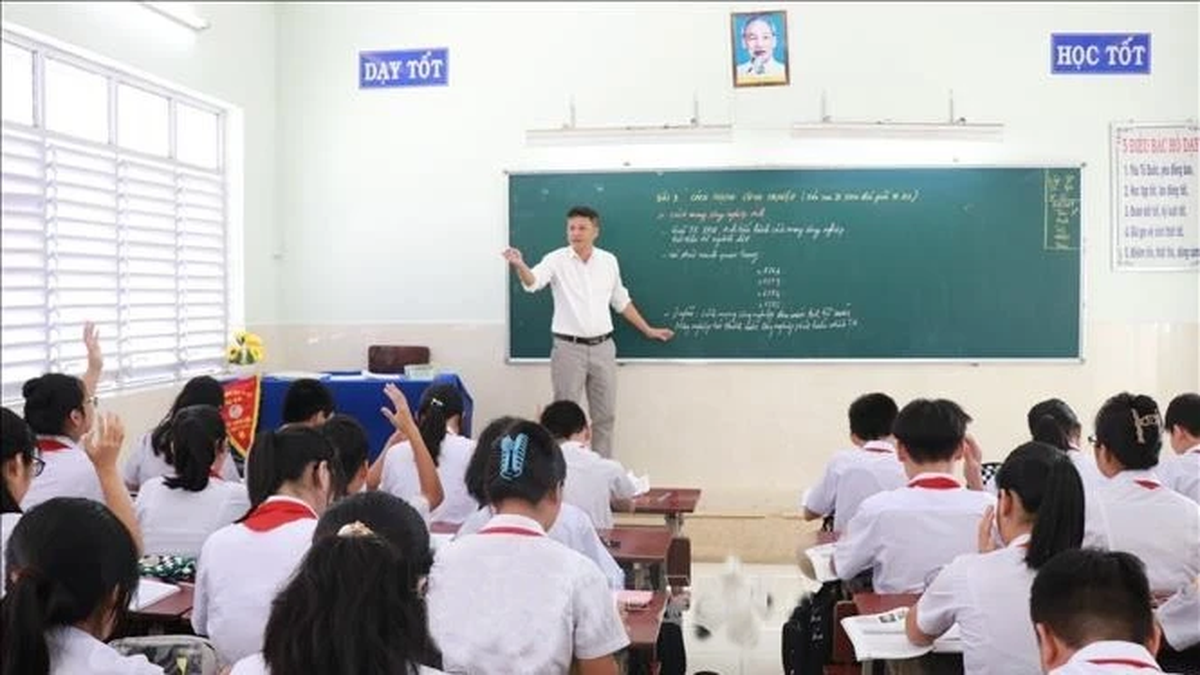
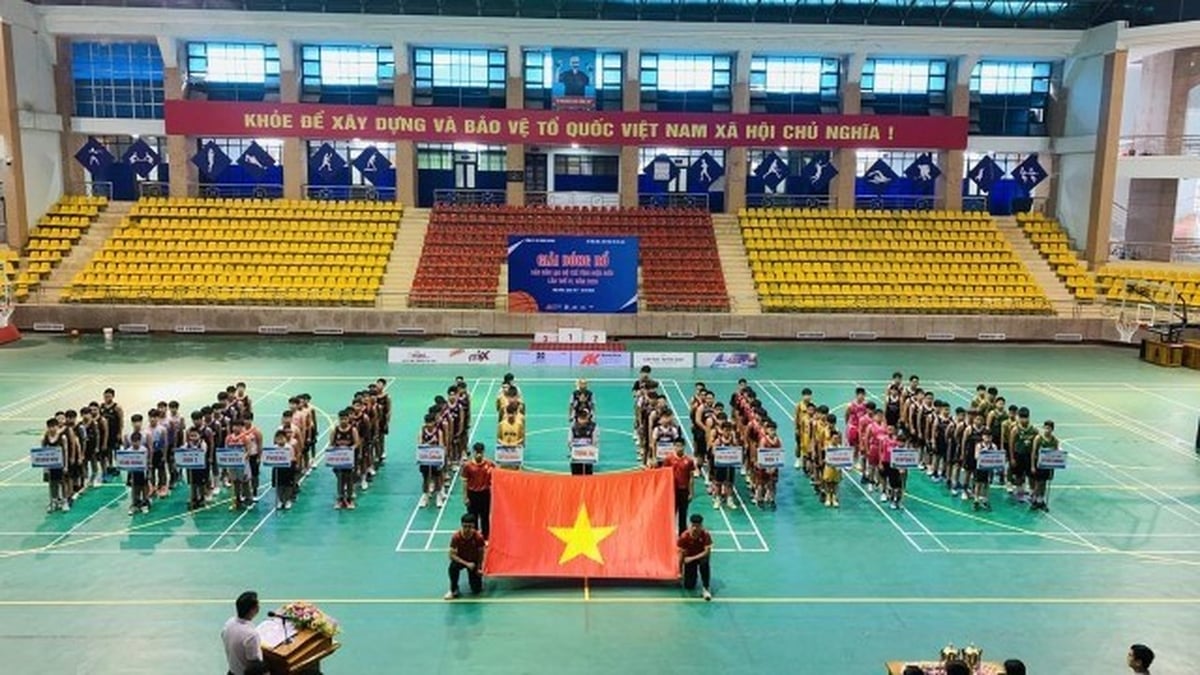
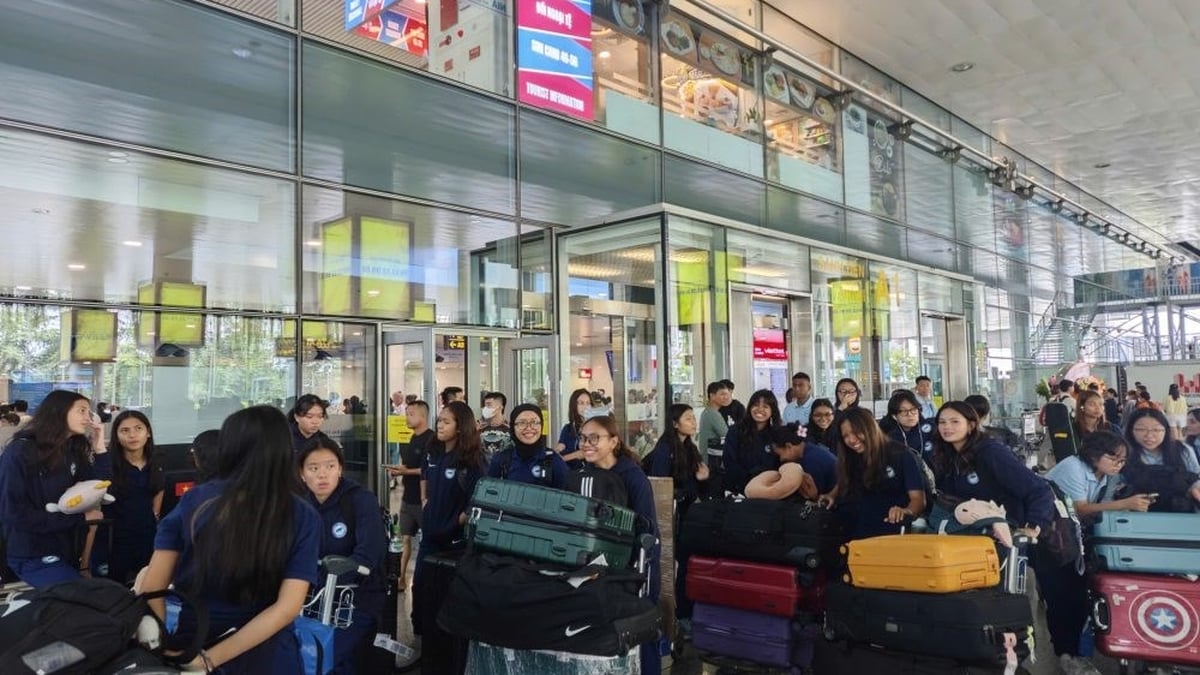


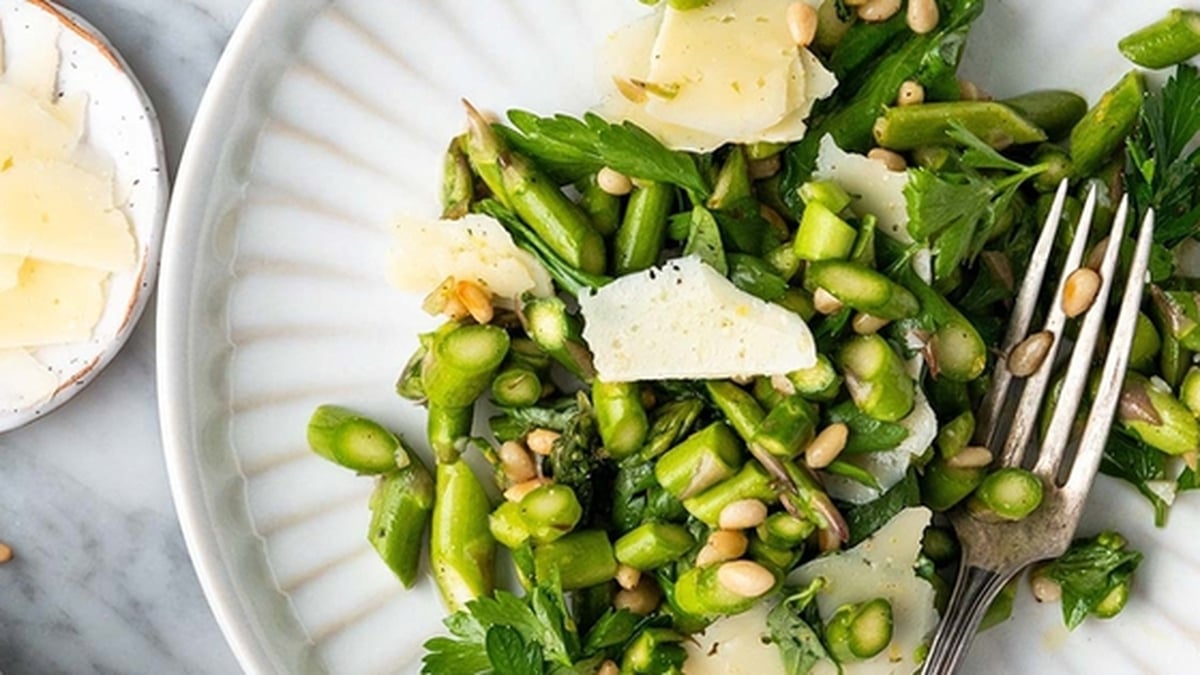


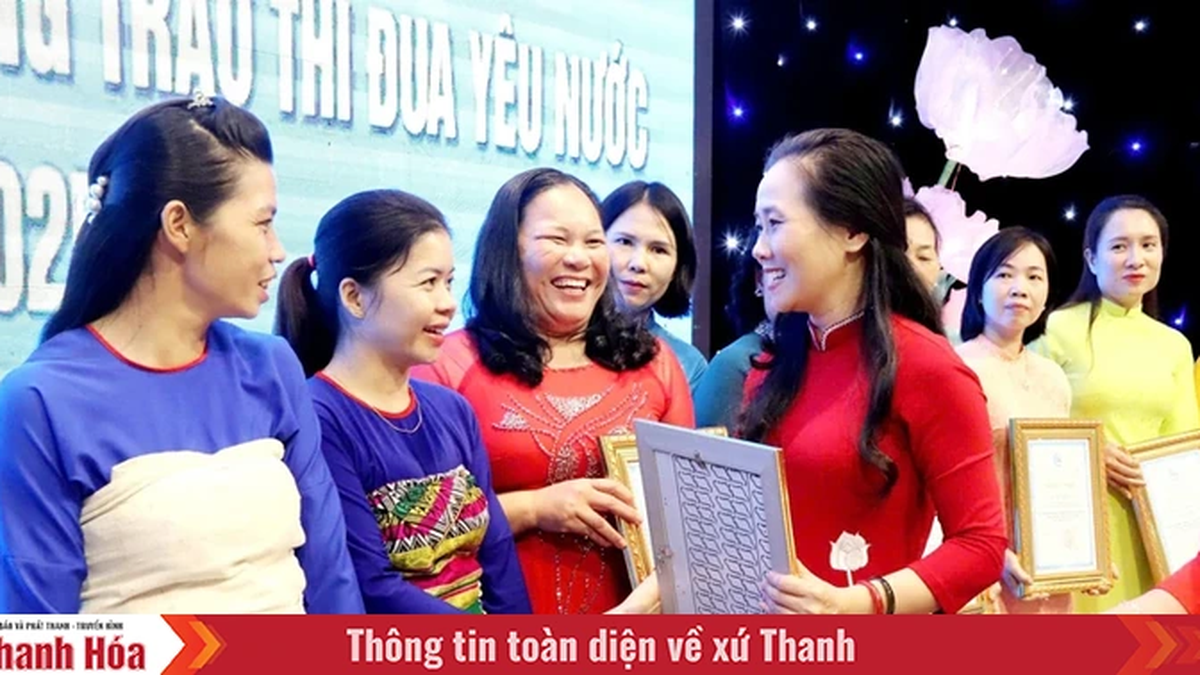
























































































Comment (0)